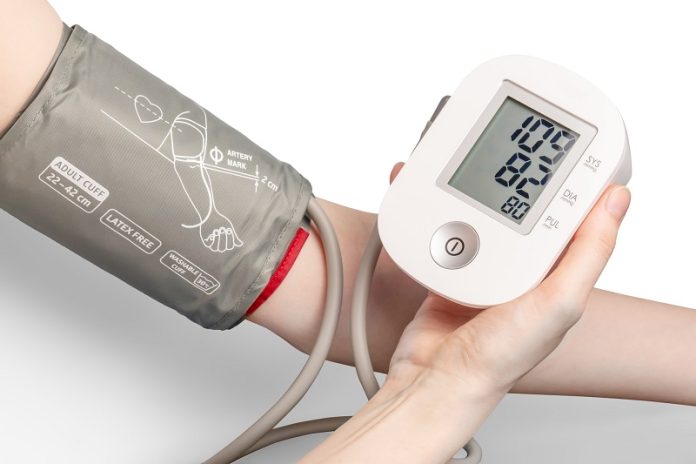
A new study led by the University of Exeter advises that blood pressure should be measured in both arms for more accurate hypertension diagnosis and treatment.
Using the higher of the two readings could result in 12 percent of people being reclassified as having hypertension who would otherwise fall below the diagnostic threshold.
Despite international guidelines advocating this approach, it’s not widely adopted in clinical settings.
What The Study Did
The research team analyzed data from 53,172 participants in 23 studies worldwide to study the implications of choosing either the higher or lower arm pressure reading for diagnosis.
The study found that using the higher arm reading led to the reclassification of 12.4% of participants’ systolic blood pressures from below to above 130 mm Hg and 11.9% from below to above 140 mm Hg.
Both of these numbers are commonly used diagnostic thresholds for hypertension.
Why It Matters
High blood pressure is a significant global health issue, and poor management can result in severe or fatal consequences.
According to Dr. Christopher Clark, the study’s lead author, failing to measure blood pressure in both arms could result in underdiagnosis and undertreatment, affecting millions of people worldwide.
“It’s important to check both arms as detecting high blood pressure correctly is a vital step towards giving the right treatment to the right people,” said Dr. Clark.
Moreover, the study found that the higher arm reading is a better predictor of future cardiovascular risks, as well as all-cause and cardiovascular mortality.
Hence, the authors stress the importance of assessing both arms in the diagnosis and management of hypertension and cardiovascular diseases.
Next Steps and Implications
The findings could have a significant impact on current clinical practices related to hypertension diagnosis and management.
They also underscore the need for healthcare providers to adhere to international guidelines, which recommend measuring blood pressure in both arms.
The study’s results could pave the way for changes in standard procedures and policies, potentially improving the diagnosis and treatment of high blood pressure on a large scale.
Given the study’s findings, healthcare providers may need to reconsider how they approach hypertension diagnosis and treatment to provide more accurate and beneficial care.
If you care about high blood pressure, please read studies about potatoes and high blood pressure, and top 10 choices for a blood pressure-friendly diet
For more information about nutrition, please see recent studies that blackcurrants can reduce blood sugar after meal and results showing how drinking milk affects risks of heart disease and cancer.
The research findings can be found in Hypertension.
Follow us on Twitter for more articles about this topic.
Copyright © 2023 Knowridge Science Report. All rights reserved.



